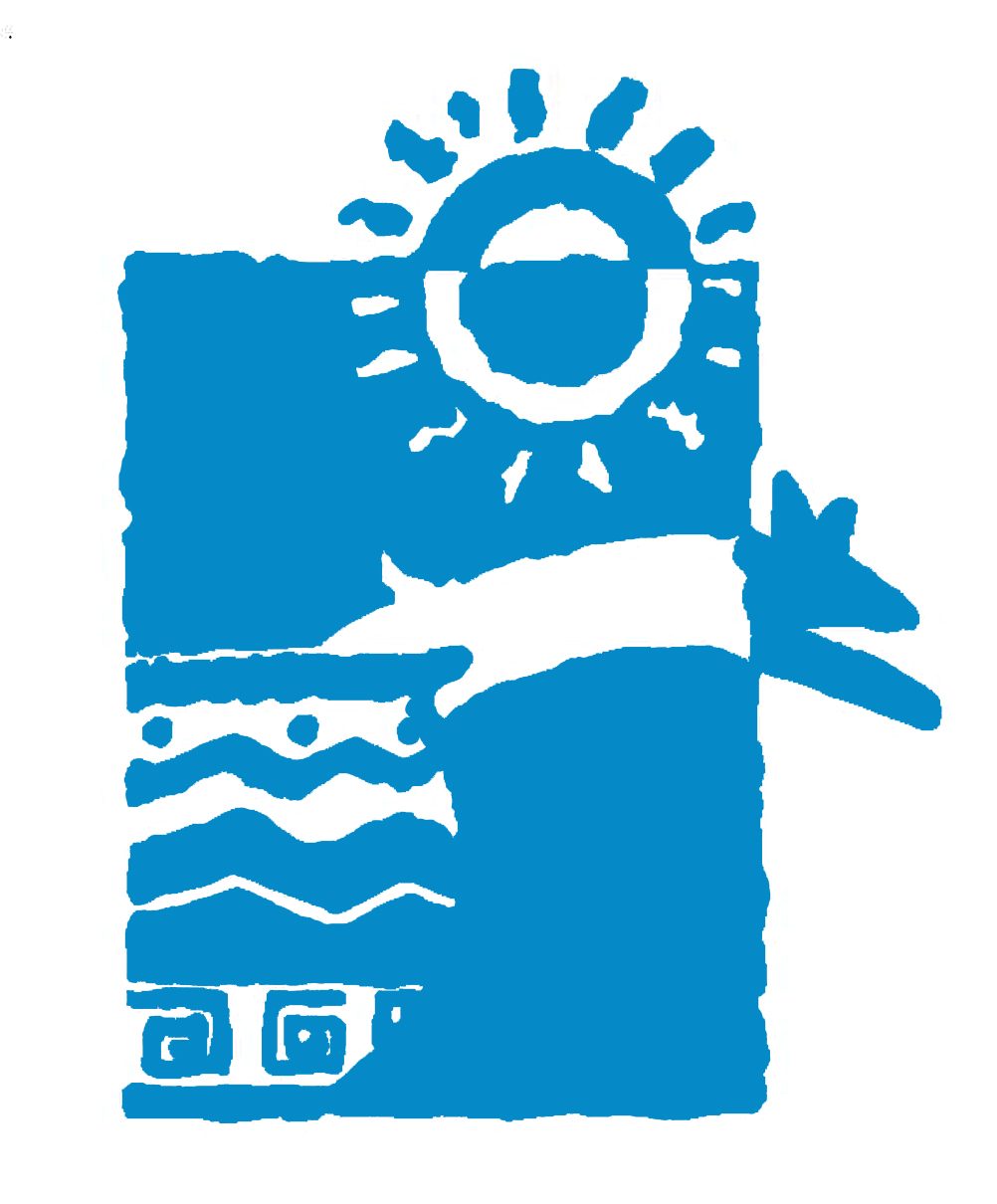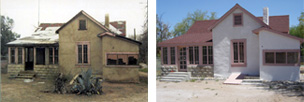[Source: Arizona State Parks Press Room]
In 2008 the Arizona Legislature authorized a new Off-Highway Vehicle “Sticker Fund” which started producing revenues in January of 2009. A $25 fee is charged for off-highway vehicles each year and that sticker is then attached to the license plates of these vehicles.

Revenue from sticker sales amounts to almost $1 million per year and recently the Arizona State Parks Board awarded $534,725 from the OHV Recreation Fund to 14 OHV projects. Those funds went to areas near the following towns: Globe, Scottsdale, Mesa, Phoenix, Show Low, Kingman, Black Canyon City, Prescott, Chino Valley, Cottonwood, and Camp Verde. These projects will improve OHV routes, trails, and facilities and help manage recreational activity on Arizona’s public lands by motorized vehicles.
The Arizona State Parks – OHV Recreation Fund (gas taxes) has been in existence since 1991 and has been used for mitigation and enforcement on trails as well as an OHV map guide, provide riding facilities, OHV education, trail signage, and other rural OHV maps.
Motorized trail project applications are accepted at any time and reviewed periodically by the Off-Highway Vehicle Advisory Group for funding by the State Parks Board. In addition to trail and facility improvements, the funds can be used for mitigation of damage caused by OHV activities, cultural and environmental compliances, and education projects/programs and law enforcement.
State Parks develops the OHV recreation plan every five years with input from land managing agency staff, OHV user organizations, individual OHV users, and the general public. The 2010 State Trails Plan can be found on the State Parks website.
Projects selected for funding will encompass all of the following recommendations:
- HIGH-USE AREA – the project will be located on a route, trail, or area that is currently experience heavy OHV traffic.
- USER SUPPORTED – the project will be endorsed by at least one user organization that can be identified with the specific project area.
- PRIORITY RECOMMENDATION – the project will include: maintenance and/or renovation of existing routes, trails, or areas; mitigation of damage in proximity to approved use areas; and installation of trail route signs.
- DIVERSITY – the selected projects will represent a cross section of use types and geographic areas.
- SPONSOR ELIGIBILITY – the applicant must have control of and management responsibility for the area of the project and have a current agreement with State Parks in effect to allow transfer of funds for OHV project purposes.
For more information call (602) 542-4174 (outside of the Phoenix metro area call toll-free (800) 285-3703) or visit AZStateParks.com. Follow us on Twitter.



You must be logged in to post a comment.